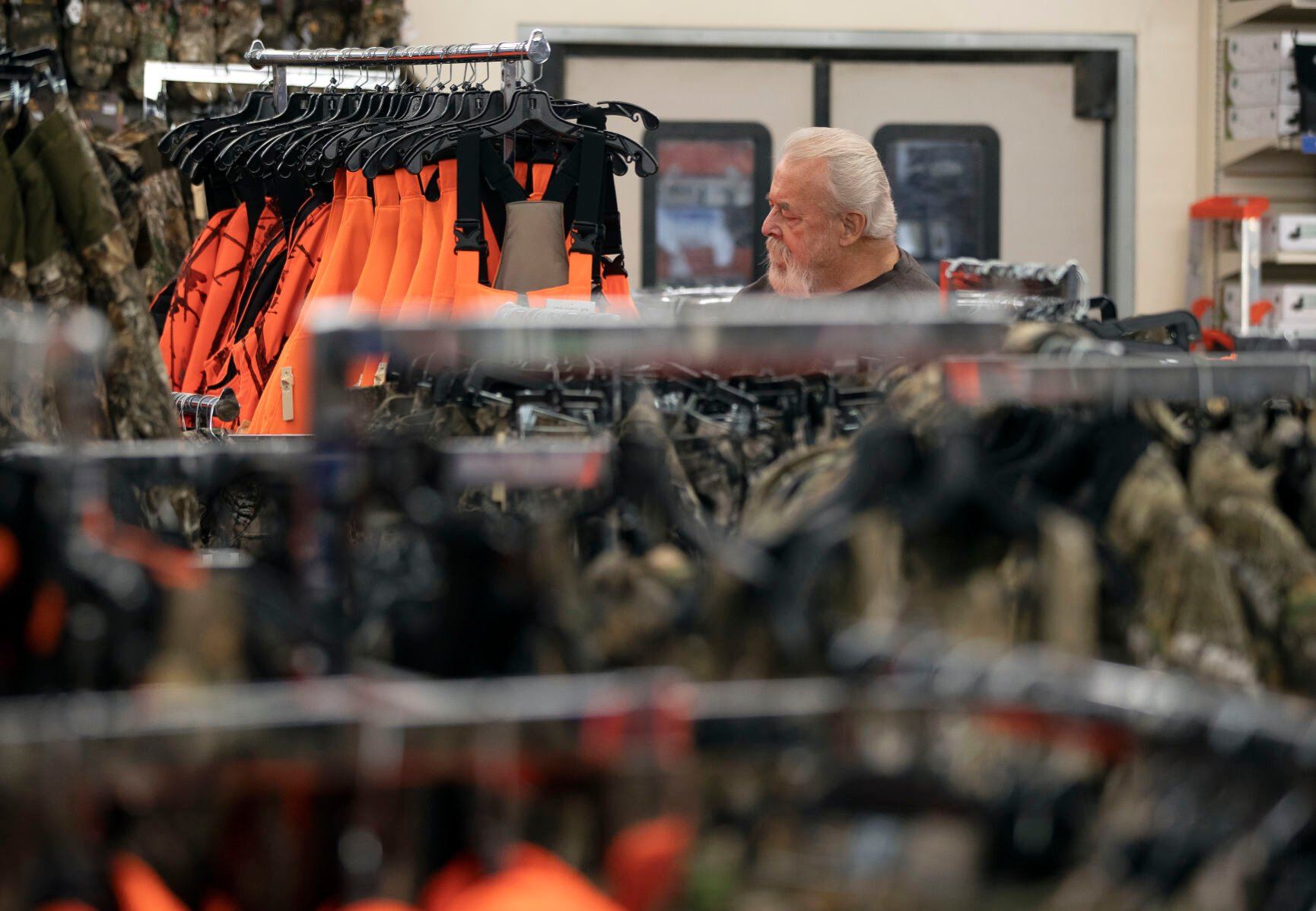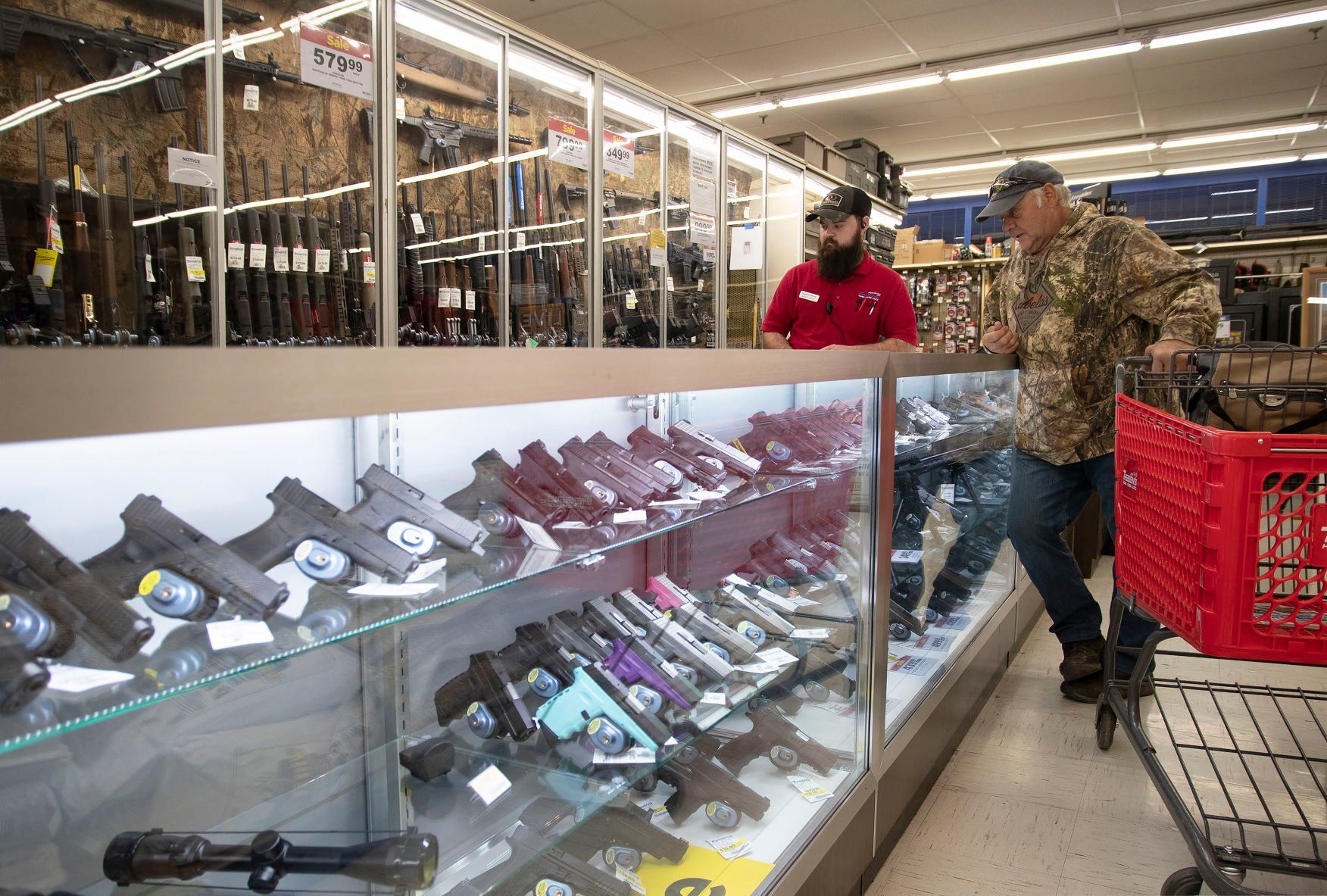Scott Freiburger is excited to wake in the early morning darkness and hopefully reap the fruits of his year of preparation.
The Hazel Green, Wis., resident planted outdoor food plots at various sites, affixed hunting stands to trees and cleared lanes through brush to ensure a clean shot.
Nine days in November mark an annual observance that Freiburger will spend outdoors with his family — and during which he hopes to bag enough game to fill his freezer with venison.
It’s deer hunting season.
“I think it’s a great Wisconsin tradition,” he said.
The event, which attracts hunters from across the Midwest, begins Saturday, Nov. 20., and the season outlook could not be better, according to wildlife biologists.
A poor 2019 harvest, which enabled the deer population to increase, has been followed with a pandemic-fueled desire for low-risk outdoor recreation.
“COVID(-19) has definitely caused a bump in clients for the last two years,” said Eric Canania, deer biologist with Wisconsin Department of Natural Resources.
The deer harvest increased in southern Wisconsin by 19% in 2020. Canania expects the same this year.
A mild winter followed by a spring with abundant foliage likely increased fawn numbers and antler growth. Meanwhile, ensuing dry weather over the summer resulted in a crop harvest that is ahead of schedule, creating opportune hunting conditions across the tri-state region.
Illinois’ first firearm season begins today and runs through Sunday, Nov. 21. A second season occurs from Dec. 2 to 5. Iowa’s season, which also occurs in two parts, runs from Dec. 4 to 8 and Dec. 11 to 19.
Hunters are gearing up for their forays.
At Theisen’s Home-Farm-Auto, the market for hunting gear remains strong. The Iowa and Wisconsin retailer has expanded its hunting clothing assortment. Top sellers this year include pink and snow camo prints.
“Many people who were new to hunting in 2020 have come back in 2021,” said spokesperson Keri Hanson.
Hunters spend an estimated $26.2 billion annually on hunting-related services and products, including travel, equipment and land purchases or leasing, according to a 2018 report released by U.S. Fish and Wildlife Service.
In addition to boosting the recreation sector, hunting helps cull the deer herd, which is growing in southern Wisconsin. So, too, is the incidence of an always-fatal infectious disease: chronic wasting disease. CWD, which afflicts deer, moose and elk, is spreading across the tri-state region.
“Hunting is pretty much our only tool to manage CWD,” Canania said.
In 2020, 17 cases of CWD were confirmed in Crawford County; 464 cases in Iowa County; 35 in Lafayette County; and 70 in Grant County in Wisconsin. During the 2021 fiscal year, which ended June 30, the Illinois Department of Natural Resources reported 25 cases in Jo Daviess County.
The disease also has spread into Iowa. Infections are most prevalent in the northeastern section of the state, where the Iowa DNR has recorded at least 23 total cases in Clayton, Dubuque and Jackson counties.
Although no cases of transmission to humans or livestock have been documented, the U.S. Centers for Disease Control and Prevention recommends that people not consume meat from CWD-positive animals.
Illinois DNR Forest Wildlife Program Manager Dan Skinner said successful hunters in CWD-positive counties that are open to firearm hunting must physically present their deer at a DNR check station.
Another emerging concern is the documented presence of COVID-19 in deer herds.
The U.S. Department of Agriculture reported in July that COVID-19 antibodies were detected in the blood of white-tailed deer in Illinois, Michigan, New York and Pennsylvania.
Earlier this month, researchers at The Pennsylvania State University released study results indicating that more than 80% of white-tailed deer sampled across Iowa in December and January tested positive for the coronavirus.
The findings raise concerns that the deer population could act as a reservoir for the virus to circulate and mutate into new variants, but it is uncertain whether deer are capable of spreading the coronavirus to humans.
There are no documented cases of viral spillback, but the scientists urged hunters to take precautions, including getting vaccinated against COVID-19 and wearing personal protective equipment when handling deer.
“We envision that the risk is likely very low,” Canania said. “Hunters … can be exposed to many diseases when processing or eating game, so practicing good hygiene, wearing gloves, being cognizant is always recommended, COVID or not.”
Dubuque hunter Mike Laugesen did not go hunting last year for fear of spreading the coronavirus to his family and is not sure whether he will do so this season. Aside from aggravating a back injury, he worried about the unknown implications of the deer infections.
“Oh man, what next?” he asked. “If I go hunting, I’m not going to eat any.”





